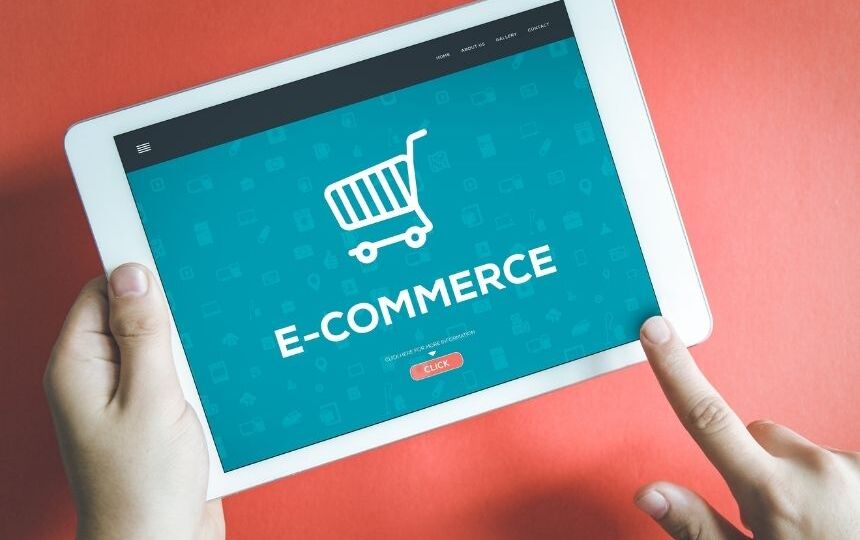Launching an e-commerce business in Agra can be an exciting and rewarding venture. With its rich cultural heritage and growing digital adoption, Agra presents unique opportunities for entrepreneurs. Here’s a step-by-step guide to help you successfully launch your e-commerce business in this vibrant city.

Table of Contents
Toggle1. Conduct Market Research
Before diving into the e-commerce world, it’s essential to understand the market landscape:
- Identify Your Niche: Research local consumer preferences and identify gaps in the market. Consider leveraging Agra’s strengths, such as handicrafts, textiles, and food products.
- Analyze Competitors: Study existing e-commerce businesses in Agra. Assess their offerings, pricing, and marketing strategies to identify what sets you apart.
2. Create a Business Plan
A solid business plan is crucial for outlining your strategy:
- Executive Summary: Provide an overview of your business concept, vision, and goals.
- Market Analysis: Summarize your market research findings and target audience.
- Marketing Strategy: Outline how you plan to promote your business and attract customers.
- Financial Projections: Include your startup costs, projected revenues, and funding sources.
3. Choose Your Business Model
Decide on the type of e-commerce business you want to launch:
- B2C (Business to Consumer): Sell products directly to consumers.
- B2B (Business to Business): Sell products to other businesses.
- C2C (Consumer to Consumer): Create a platform for individuals to buy and sell from each other.
4. Register Your Business
Follow the legal requirements for registering your e-commerce business in Agra:
- Choose a Business Structure: Decide whether to operate as a sole proprietorship, partnership, or private limited company.
- Obtain Licenses: Register your business with the relevant authorities and obtain necessary licenses and permits.
- Get a GST Registration: If your annual turnover exceeds the threshold limit, register for Goods and Services Tax (GST).
5. Select Your Product Range
Choose products that resonate with your target market:
- Sourcing: Decide whether to manufacture your products, source them from local artisans, or purchase from wholesalers.
- Quality Assurance: Ensure your products meet quality standards to build trust with customers.
6. Build Your Online Store
Creating a user-friendly and visually appealing online store is essential:
- E-commerce Platform: Choose a reliable e-commerce platform such as Shopify, WooCommerce, or Magento that fits your budget and needs.
- Website Design: Invest in professional design to enhance user experience. Ensure your website is mobile-responsive, as many customers shop using smartphones.
- Product Listings: Create detailed product descriptions and high-quality images to attract customers.
7. Implement Payment and Shipping Solutions
Setting up efficient payment and shipping systems is critical:
- Payment Gateways: Integrate secure payment gateways like PayPal, Razorpay, or Paytm to offer customers multiple payment options.
- Shipping Partners: Collaborate with reliable logistics companies to ensure timely delivery. Consider offering options for local pickup to attract nearby customers.
8. Develop a Marketing Strategy
A robust marketing plan will help you reach your target audience:
- Social Media Marketing: Utilize platforms like Facebook, Instagram, and WhatsApp to promote your products and engage with customers.
- SEO and Content Marketing: Optimize your website for search engines and create engaging content that drives organic traffic.
- Email Marketing: Build an email list and send newsletters, product updates, and promotional offers to keep customers informed.
9. Focus on Customer Service
Exceptional customer service can set you apart from competitors:
- Responsive Communication: Be prompt in addressing customer inquiries and concerns via chat, email, or social media.
- Return and Refund Policies: Clearly outline your return and refund policies to build trust with customers.
10. Launch and Promote Your Business
Once you’ve set everything up, it’s time to launch:
- Soft Launch: Consider a soft launch to test your systems and gather feedback before a full-scale launch.
- Promotional Campaigns: Use social media ads, influencer partnerships, and local events to promote your launch and attract customers.
11. Monitor and Adapt
After launching, continuously monitor your performance:
- Analytics Tools: Use tools like Google Analytics to track website traffic, conversion rates, and customer behavior.
- Customer Feedback: Collect feedback to understand customer satisfaction and identify areas for improvement.
- Adapt Your Strategies: Be flexible and adapt your marketing strategies based on performance data and market trends.
Conclusion
Launching an e-commerce business in Agra requires careful planning, market understanding, and a commitment to providing exceptional products and services. By following these steps and leveraging Agra’s unique offerings, you can establish a successful online business that resonates with local consumers. Embrace the digital landscape, stay customer-focused, and watch your e-commerce venture thrive in this vibrant city.


No responses yet